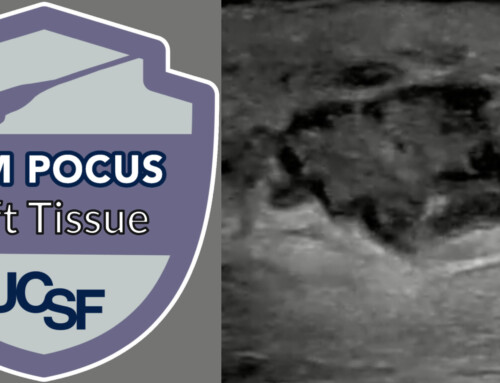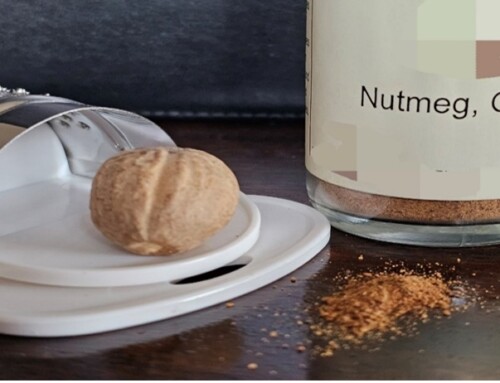
What clinical presentation and medication is associated with this urinary discoloration?
- Critical illness requiring intubation and propofol sedation
- Cyanide toxicity requiring sodium thiosulfate
- Iron toxicity treated with deferoxamine
- Refractory vasoplegic shock treated with methylene blue
- Septic shock treated with vancomycin and cefepime
References
- Perrone J. Iron. In: Nelson LS, Goldfrank LR et al (eds): Goldfrank’s Toxicologic Emergencies. McGraw-Hill Education; 2019
- Madiwale T, Liebelt E. Iron: not a benign therapeutic drug. Curr Opin Pediatr 2006;18(2):174-9. PMID 16601499
- Velasquez J, Wray AA. Deferoxamine. 2023 May 22. In: StatPearls [Internet]. Treasure Island (FL): StatPearls Publishing; 2023 Jan–. PMID: 32491586
- Yuen HW, Becker W. Iron Toxicity. 2023 Jun 26. In: StatPearls [Internet]. Treasure Island (FL): StatPearls Publishing; 2023 Jan–. PMID: 29083637
- Fernández S, Castro P, Nogué S, Nicolás JM: Acute iron intoxication: change in urine color during chelation therapy with deferoxamine. Intensive Care Med 2014; 40(1):104. PMID 24072332
- Baranwal AK, Singhi SC: Acute iron poisoning: management guidelines. Indian Pediatr 2003;40(6):534-40. PMID 12824662
- Martínez, E., Collazos, J., & Mayo, J. Hypersensitivity reactions to rifampin: Pathogenetic mechanisms, clinical manifestations, management strategies, and review of the anaphylactic-like reactions. Medicine (Baltimore) 1999;78(6):361-9. PMID 10575418
- Kaakkola S. Clinical pharmacology, therapeutic use and potential of COMT inhibitors in Parkinson’s disease. Drugs. 2000 Jun;59(6):1233-50. PMID: 10882160
- The meaning behind the color of urine. The Meaning Behind the Color of Urine – Urology Care Foundation. American Urological Society. 22 Aug 2018.






